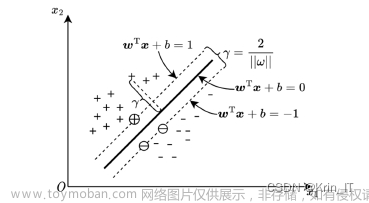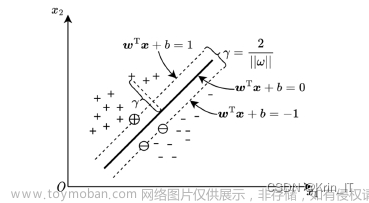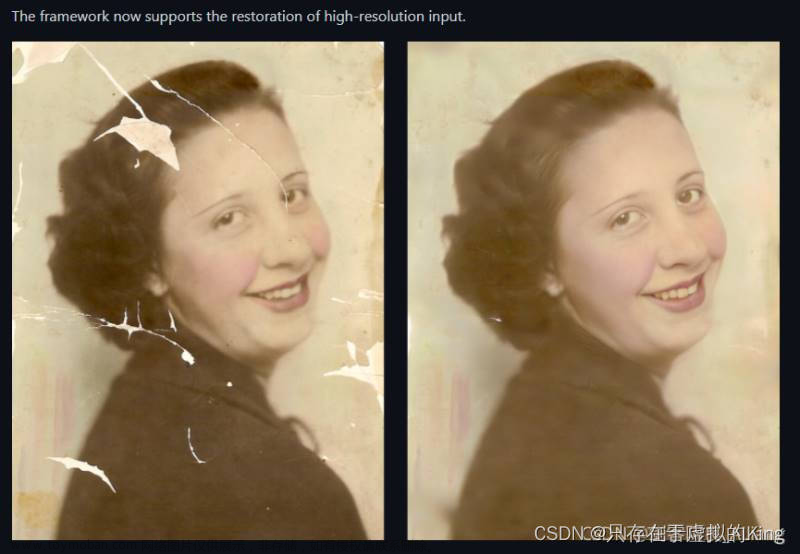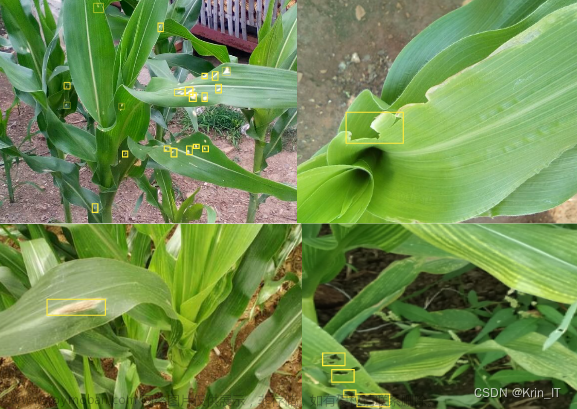注意:本文引用自专业人工智能社区Venus AI
更多AI知识请参考原站 ([www.aideeplearning.cn])
项目背景
随着数字通信的快速发展,垃圾短信成为了一个普遍而烦人的问题。这些不请自来的消息不仅打扰了我们的日常生活,还可能包含诈骗和欺诈的风险。因此,有效地识别并过滤垃圾短信变得至关重要。
项目目标
本项目的主要目标是开发一个机器学习模型,能够自动、准确地区分垃圾短信和正常短信。通过训练模型识别典型的垃圾短信特征,我们可以大大减少垃圾短信对用户的干扰,并提高通信的安全性和效率。
项目应用
- 邮件服务提供商: 自动过滤垃圾短信,保护用户免受不必要的打扰和潜在的欺诈风险。
- 企业通信: 在内部通信系统中部署,确保员工不会因垃圾短信而分散注意力,提高工作效率。
- 个人用户: 为个人用户提供一个工具或应用程序,帮助他们在日常生活中自动识别和过滤垃圾短信。
数据集详情
“垃圾邮件”的概念多种多样:产品/网站广告、快速赚钱计划、连锁信、色情内容……
垃圾短信集合是一组为垃圾短信研究而收集的带有 SMS 标记的消息。 它包含一组 5,574 条英文 SMS 消息,根据垃圾邮件(合法)或垃圾邮件进行标记。

模型选择
为了实现垃圾短信的有效识别,我们考虑了以下几种机器学习算法:
- 逻辑回归(Logistic Regression): 提供快速、有效的分类,适合基准模型。
- 朴素贝叶斯(Naive Bayes): 在文本分类任务中表现出色,尤其是在短信长度有限的情况下。
- 支持向量机(SVC): 适用于复杂的文本数据,能够处理高维空间。
- 随机森林(Random Forest): 一个强大的集成学习方法,可以提供准确的分类结果。
依赖库
在开发过程中,我们使用了以下Python库:文章来源:https://www.toymoban.com/news/detail-852110.html
- pandas: 数据处理和分析。
- numpy: 数值计算。
- nltk: 自然语言处理。
- re: 正则表达式,用于文本数据清洗。
- sklearn: 提供机器学习算法和数据预处理工具。
代码实现
import pandas as pd
import re
from nltk.corpus import stopwords加载数据
df = pd.read_csv('spam.csv')
df.head()| v1 | v2 | Unnamed: 2 | Unnamed: 3 | Unnamed: 4 | |
|---|---|---|---|---|---|
| 0 | ham | Go until jurong point, crazy.. Available only ... | NaN | NaN | NaN |
| 1 | ham | Ok lar... Joking wif u oni... | NaN | NaN | NaN |
| 2 | spam | Free entry in 2 a wkly comp to win FA Cup fina... | NaN | NaN | NaN |
| 3 | ham | U dun say so early hor... U c already then say... | NaN | NaN | NaN |
| 4 | ham | Nah I don't think he goes to usf, he lives aro... | NaN | NaN | NaN |
# 获取有用的数据(前两列)
df = df[['v2', 'v1']]
# df.rename(columns={'v2': 'messages', 'v1': 'label'}, inplace=True)
df = df.rename(columns={'v2': 'messages', 'v1': 'label'})
df.head()| messages | label | |
|---|---|---|
| 0 | Go until jurong point, crazy.. Available only ... | ham |
| 1 | Ok lar... Joking wif u oni... | ham |
| 2 | Free entry in 2 a wkly comp to win FA Cup fina... | spam |
| 3 | U dun say so early hor... U c already then say... | ham |
| 4 | Nah I don't think he goes to usf, he lives aro... | ham |
数据预处理
# 检查的空值
df.isnull().sum()messages 0 label 0 dtype: int64
STOPWORDS = set(stopwords.words('english'))
def clean_text(text):
# 转化成小写
text = text.lower()
# 移除特殊字符
text = re.sub(r'[^0-9a-zA-Z]', ' ', text)
# 移除多余空格
text = re.sub(r'\s+', ' ', text)
# 移除停用词
text = " ".join(word for word in text.split() if word not in STOPWORDS)
return text# 清洗数据
df['clean_text'] = df['messages'].apply(clean_text)
df.head()| messages | label | clean_text | |
|---|---|---|---|
| 0 | Go until jurong point, crazy.. Available only ... | ham | go jurong point crazy available bugis n great ... |
| 1 | Ok lar... Joking wif u oni... | ham | ok lar joking wif u oni |
| 2 | Free entry in 2 a wkly comp to win FA Cup fina... | spam | free entry 2 wkly comp win fa cup final tkts 2... |
| 3 | U dun say so early hor... U c already then say... | ham | u dun say early hor u c already say |
| 4 | Nah I don't think he goes to usf, he lives aro... | ham | nah think goes usf lives around though |
数据与标签划分
X = df['clean_text']
y = df['label']y = df['label']
模型训练
from sklearn.pipeline import Pipeline
from sklearn.model_selection import train_test_split
from sklearn.metrics import classification_report
from sklearn.feature_extraction.text import CountVectorizer , TfidfTransformer
def classify(model, X, y):
# train test split
x_train, x_test, y_train, y_test = train_test_split(X, y, test_size=0.25, random_state=42, shuffle=True, stratify=y)
# model training
pipeline_model = Pipeline([('vect', CountVectorizer()),
('tfidf', TfidfTransformer()),
('clf', model)])
pipeline_model.fit(x_train, y_train)
print('Accuracy:', pipeline_model.score(x_test, y_test)*100)
# cv_score = cross_val_score(model, X, y, cv=5)
# print("CV Score:", np.mean(cv_score)*100)
y_pred = pipeline_model.predict(x_test)
print(classification_report(y_test, y_pred))from sklearn.linear_model import LogisticRegression
model = LogisticRegression()
classify(model, X, y)Accuracy: 96.8413496051687
precision recall f1-score support
ham 0.97 1.00 0.98 1206
spam 0.99 0.77 0.87 187
accuracy 0.97 1393
macro avg 0.98 0.88 0.92 1393
weighted avg 0.97 0.97 0.97 1393
from sklearn.naive_bayes import MultinomialNB
model = MultinomialNB()
classify(model, X, y)Accuracy: 96.69777458722182
precision recall f1-score support
ham 0.96 1.00 0.98 1206
spam 1.00 0.75 0.86 187
accuracy 0.97 1393
macro avg 0.98 0.88 0.92 1393
weighted avg 0.97 0.97 0.96 1393
from sklearn.svm import SVC
model = SVC(C=3)
classify(model, X, y)Accuracy: 98.27709978463747
precision recall f1-score support
ham 0.98 1.00 0.99 1206
spam 1.00 0.87 0.93 187
accuracy 0.98 1393
macro avg 0.99 0.94 0.96 1393
weighted avg 0.98 0.98 0.98 1393
from sklearn.ensemble import RandomForestClassifier
model = RandomForestClassifier()
classify(model, X, y)Accuracy: 97.4156496769562
precision recall f1-score support
ham 0.97 1.00 0.99 1206
spam 1.00 0.81 0.89 187
accuracy 0.97 1393
macro avg 0.99 0.90 0.94 1393
weighted avg 0.97 0.97 0.97 1393
代码与数据集下载
详情请见SMS垃圾短信识别项目-VenusAI (aideeplearning.cn)文章来源地址https://www.toymoban.com/news/detail-852110.html
到了这里,关于SMS垃圾短信识别项目的文章就介绍完了。如果您还想了解更多内容,请在右上角搜索TOY模板网以前的文章或继续浏览下面的相关文章,希望大家以后多多支持TOY模板网!













